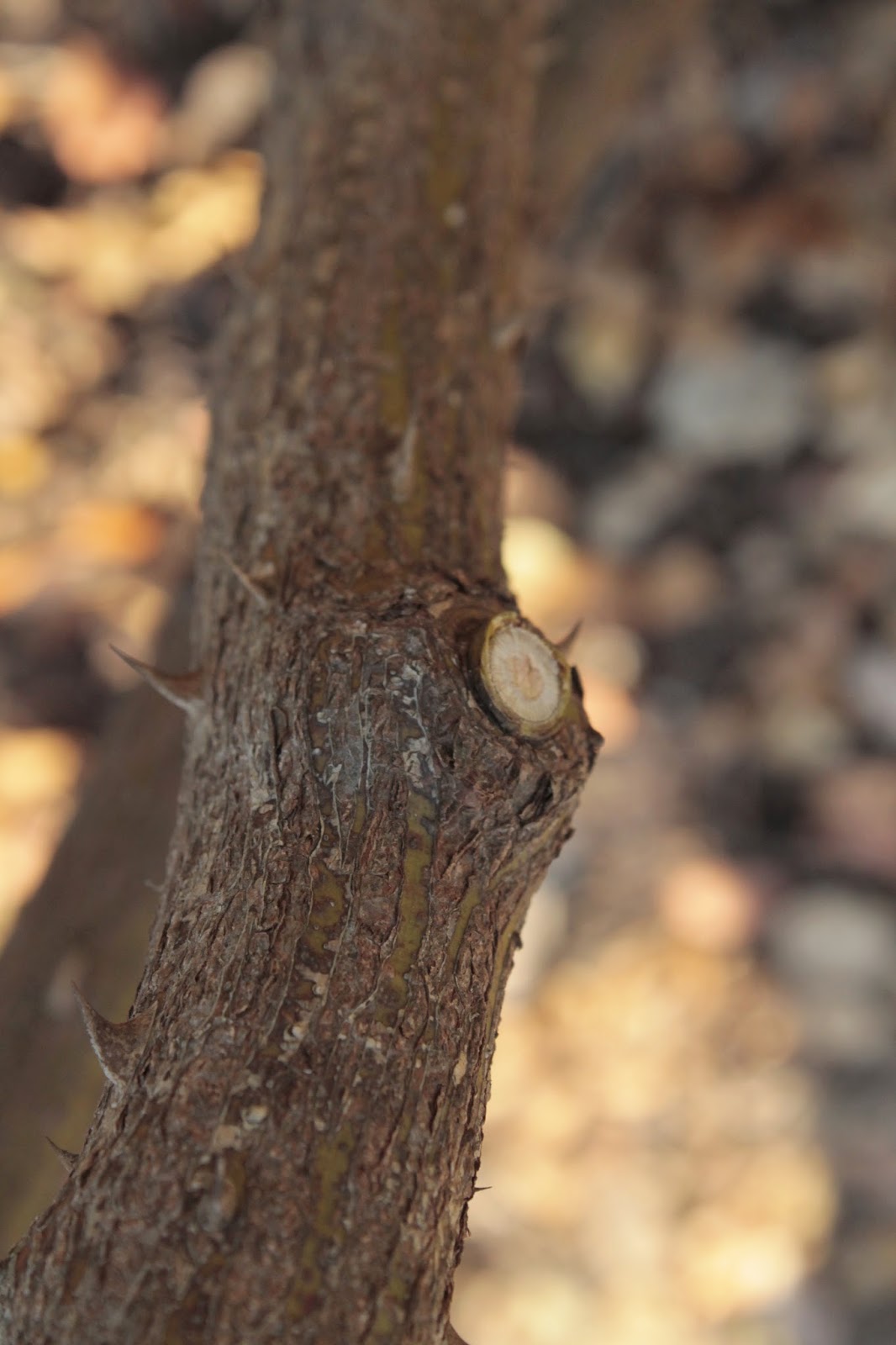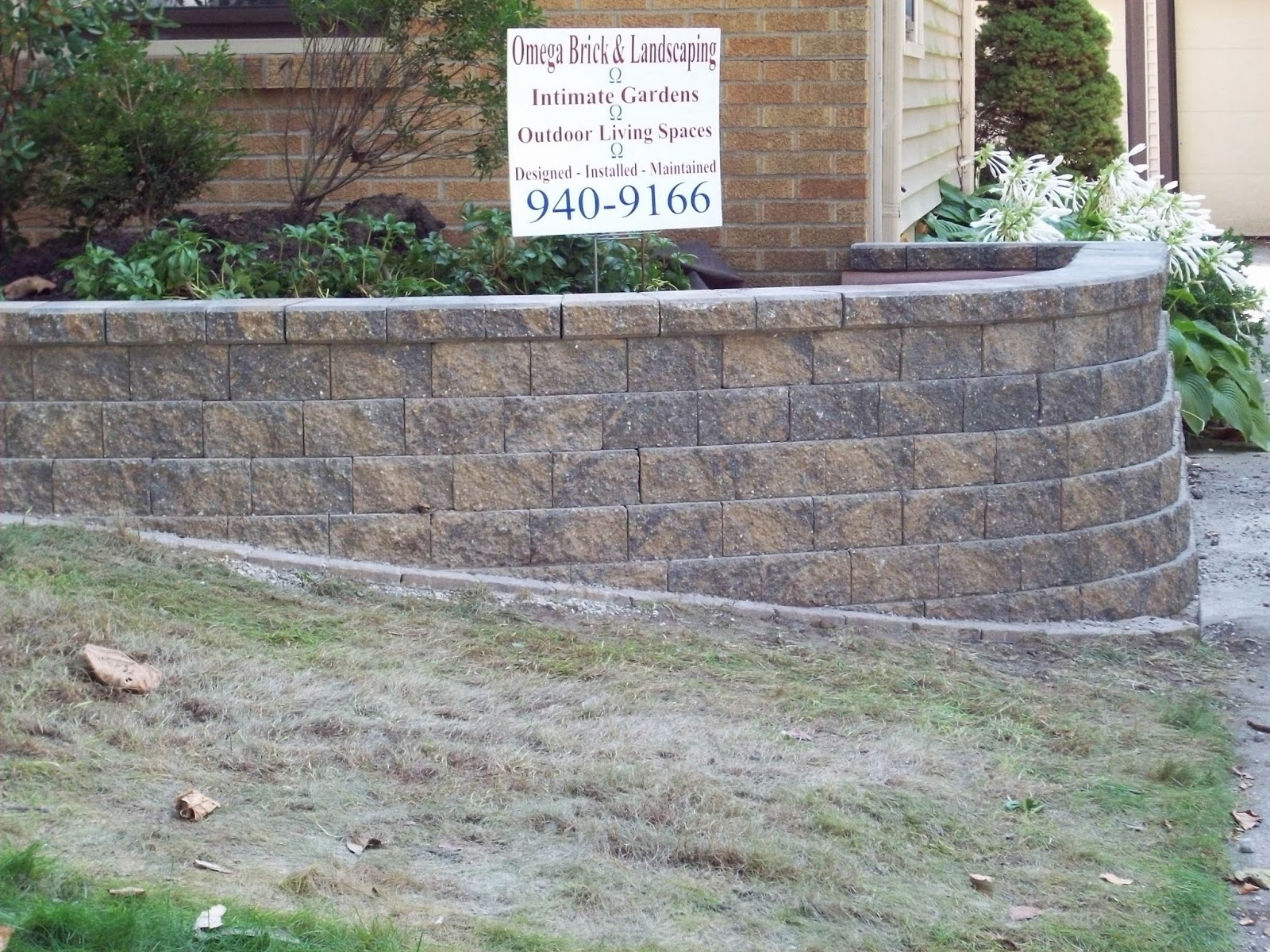Last month a guest on NPR discussed the severe drop in the Honey Bee population over this winter due to the severe weather. Record low temperatures and high snowfall in the midwest along with reduced food sources resulted in bees starving and freezing.
This year's decline, combined with a yearly decrease in the honey bee population of approximately 30% for the past decade could have a devastating economic affect on the Midwest. There are multiple contributers to the bee problems Michigan is facing, among which are: seasonal food shortages, Colony Collapse Disorder, changes in weather patterns, and improper use of insecticides.
Because Michigan is among the top five states for commercial beekeeping operations and the state relies on bees to pollinate 50% of its crops, this should concern everyone. Bee pollinated crops account for over over $1 billion in sales in Michigan alone, in addition to the $7.4 million in honey production in 2009 (
http://msue.anr.msu.edu/news/using_honey_bees_for_fruit_pollination). This issue is of both financial and ecological concern to everyone living in Michigan, the Midwest, and anyone relying on crops produced here.
Among the crops pollinated by honey bees in the Grand Rapids, MI area are blueberries, cherries, raspberries, strawberries, pumpkin, asparagus, alfalfa, apples, onions.... MSU publication
Using honey bees for fruit pollination identifies seventeen crops pollinated by these insects.
In order to bolster the honey bee population, landscape designs should include plants that help tide bees over during the crop "off season". The following is a list of trees, shrubs, and perennials that can be purchased in Grand Rapids, MI, and grown in your home landscape to encourage establishment and survival of honey bee colonies in your area. Included are approximate dates during which honey bees forage these plants (information derived from numerous sources including:
http://www.ginlc.org/education/bee_friendly_plants.htm and
http://www.countryfarm-lifestyles.com/honey-plants.html and
http://saginawbees.org/honeyplants.html and
http://www.missouribotanicalgarden.org/PlantFinder).
Trees Attractive to Honey Bees
Acer rubrum 'Autumn Blaze' (Red Maple): March-April
Salix melanostachys (Pussywillow): March - April
Cercis canadensis 'Forest Pansy' (Redbud): April
Prunus 'Snofozam' (Snow Fountain Cherry): April
Rhus aromatica 'Gro-Low' (Sumac): April-May
Malus 'Prairifire' (Apple): Late April - Late May
Liriodendron tulipifera (Tulip Tree): May-June
Tilia americana (Linden/Basswood): June
Garden Perennials Attractive to Honey Bees
Crocus: March-April
Phlox subulata (Creeping Phlox): April-May
Alyssum saxatile ‘Compactum’ (Perennial Alyssum): April-May
Aubrieta x cultorum ‘White Wall Gem’(Rock Cress): Late April-May
Ligularia stenocephala 'Little Rocket': late April to Late May
Nepta x faassenii ‘Walker's Low’ (Cat Mint): April-September
Leucanthemum x superbum 'Snowcap' (Shasta Daisy):
Allium 'Globemaster': May through June
Lychnis viscaria ‘Firebird’ (Catchfly): May-June
Melissa officinalis (Lemon balm): May-June
Trifolium (Clover): Late May-Late June
Thymus serpyllum ‘Magic Carpet’ (Mother of Thyme): May-August
Salvia nemerosa ‘May Night’ (Sage): May-August
Lavandula angustifolia (Lavander): June-August
Lupinus 'Gallery' (Dwarf Lupine): June-August
Malva sylvestris ‘Zebrina’ (Malva): June-August
Gaillardia aristata ‘Burgundy’ (Gaillardia): June-September
Echinacea 'Pixie Meadowbrite' (Purple Coneflower): June-October
Monarda 'Cambridge Scarlet' (Bee Balm): July-August
Allium senexcens subsp montanum Mountain Garlic: July-August
Achillea millefolium 'Moonshine' (Yarrow): July-September
Agastache foeniculum (Anise – Hyssop): Early July-Mid September
Eupatorium pupureum ‘Joe Pye Weed’: July-September
Rudbeckia hirta ‘Goldsturm’ (Black Eye Susan): July-October
Pervoskia atriplicifolia 'Little Spire' (Russian Sage): August-September
Echinops ritro (Blue Globe Thistle): July-August
Sedum 'Autumn Joy' (Stone Crop): August-October
Anemone tomentosa 'Robustissima' (Robust Windflower): Sept-Oct
Aster oblongifolius 'October Skies' (Aromatic Aster): Early September-October
Annuals Attractive to Honey Bees
Snap Dragon
Nasturtium
Natives Attractive to Honey Bees
Zizia aurea (Golden Alexanders): April-July
Physocarpus opulifolius (Common Ninebark): May-July
Veronicastrum virginicum (Culver's Root): May-August
Monarda punctata (Horsemint/Spotted Beebalm): June-July
Ratibida pinnata (Yellow Coneflower): June-August
Allium cernuum (Nodding Wild Onion): June-August
Spiraea alba (Meadowsweet): June-August
Vernonia missurica (Missouri ironweed): July-August
Asclepias incarnata (Swamp Milkweed): July-August
Scrophularia marilandica (Late Figwort): July-September
Cacalia atriplicifolia (Pale Indian plantain): July-August
Silphium perfoliatum (Cup Plant): July-September
Agastache nepetoides (Yellow Giant Hyssop): July-September
Eupatorium perfoliatum (Boneset): July-September
Lobelia siphilitica (Blue Lobelia): July-September
Helianthus strumosus (Pale-leaved Sunflower): July-September
Aster novae-angliae (New England aster): August-September
Solidago riddellii (Riddell's goldenrod): September-October
Aster laevis (Smooth Aster): September-October
Sambucus canadensis (American elder): June-July
Prunus spp. (Wild Cherry): March
Aronia melanocarpa (Black Chokecherry): May
Cornus amomum (Silky Dogwood): May-June
Pictures of these plants will be added as they are taken. All pictures are originals by Brent Langley.
If you are interested in adding some of these plants to your landscape or garden, and would like some help with design and/or procurement, feel free to call Brent Langley at (616) 328-3258.



















































